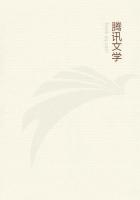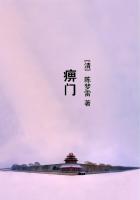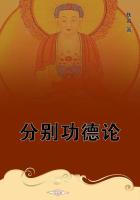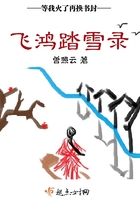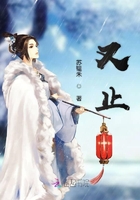On the other hand, I tested the Mason-bee of the Sheds, who, when emerging under natural conditions, has only to pierce her cement ceiling and is not confronted with a series of cells. Though a stranger to the environment which I created for her, she gave me a most positive answer. Of a column of ten laid in a horizontal tube open at both ends, five made their way to the right and five to the left. Dioxys cincta, a parasite in the buildings of both species of Mason-bees, the Chalicodoma of the Sheds and the Chalicodoma of the Walls (Cf. "The Mason-bees" by J. Henri Fabre, translated by Alexander Teixeira de Mattos: passim.--Translator's Note.), provided me with no precise result. The Leaf-cutting Bee (Megachile apicalis, SPIN. (Cf. Chapter 8 of the present volume.--Translator's Note.)), who builds her leafy cups in the old cells of the Chalicodoma of the Walls, acts like the Solenius and directs her whole column towards the same outlet.
Incomplete as it is, this symmetry shows us how unwise it were to generalize from the conclusions to which the Three-pronged Osmia leads us. Whereas some Bees, such as the Anthidium and the Chalicodoma, share the Osmia's talent for using the twofold exit, others, such as the Solenius and the Leaf-cutter, behave like a flock of sheep and follow the first that goes out. The entomological world is not all of a piece; its gifts are very various: what one is capable of doing another cannot do; and penetrating indeed would be the eyes that saw the causes of these differences. Be this as it may, increased research will certainly show us a larger number of species qualified to use the double outlet. For the moment, we know three;and that is enough for our purpose.
I will add that, when the horizontal tube has one of its ends closed, the whole string of Osmiae makes for the open end, turning round to do so, if need be.
Now that the facts are set forth, let us, if possible, trace the cause. In a horizontal tube, gravity no longer acts to determine the direction which the insect will take. Is it to attack the partition on the right or that on the left? How shall it decide? The more Ilook into the matter, the more do my suspicions fall upon the atmospheric influence which is felt through the two open ends. Of what does this influence consist? Is it an effect of pressure, of hygrometry, of electrical conditions, of properties that escape our coarser physical attunement? He were a bold man who should undertake to decide. Are not we ourselves, when the weather is about to alter, subject to subtle impressions, to sensations which we are unable to explain? And yet this vague sensitiveness to atmospheric changes would not be of much help to us in circumstances similar to those of my anchorites. Imagine ourselves in the darkness and the silence of a prison-cell, preceded and followed by other similar cells. We possess implements wherewith to pierce the walls; but where are we to strike to reach the final outlet and to reach it with the least delay?
Atmospheric influence would certainly never guide us.
And yet it guides the insect. Feeble though it be, through the multiplicity of partitions, it is exercised on one side more than on the other, because the obstacles are fewer; and the insect, sensible to the difference between those two uncertainties, unhesitatingly attacks the partition which is nearer to the open air. Thus is decided the division of the column into two converse sections, which accomplish the total liberation with the least aggregate of work. In short, the Osmia and her rivals 'feel' the free space. This is yet one more sensory faculty which evolution might well have left us, for our greater advantage. As it has not done so, are we then really, as many contend, the highest expression of the progress accomplished, throughout the ages, by the first atom of glair expanded into a cell?

